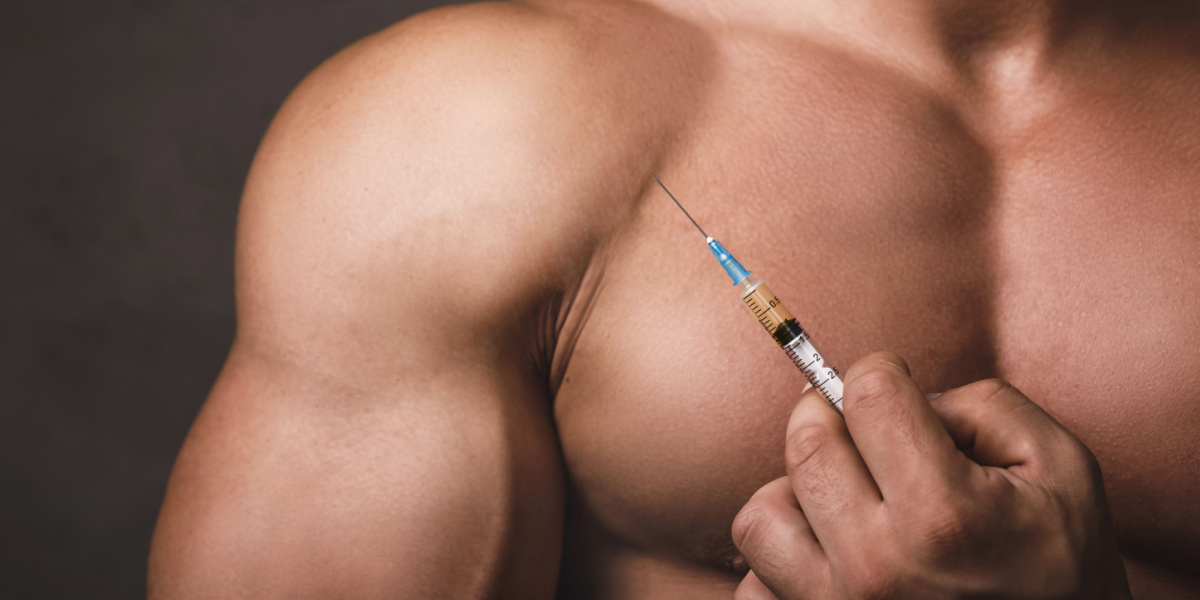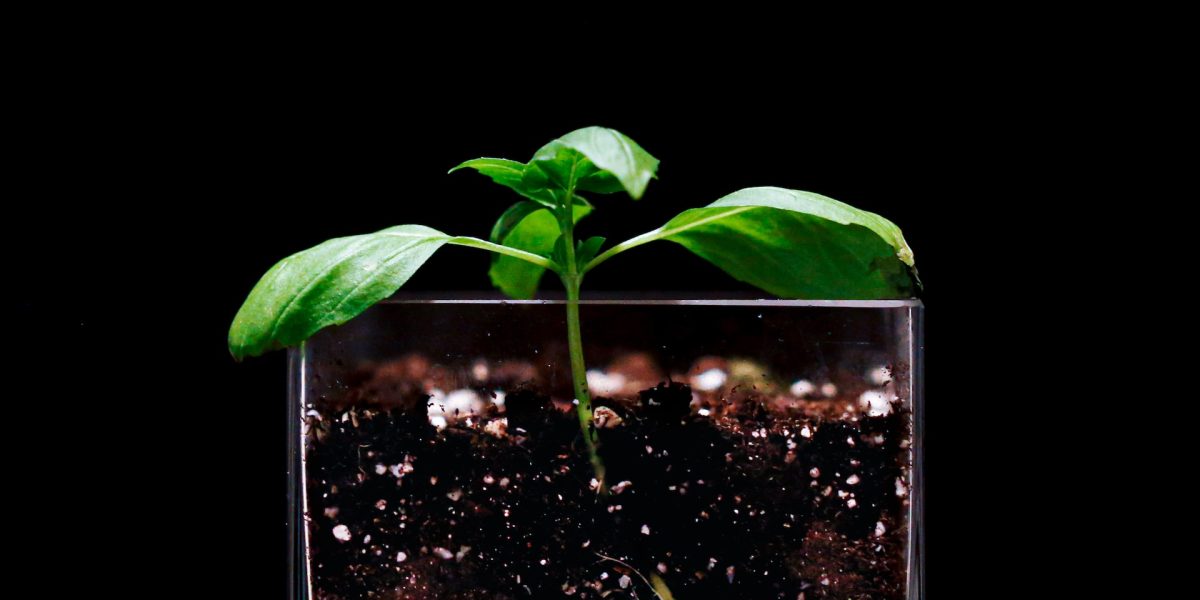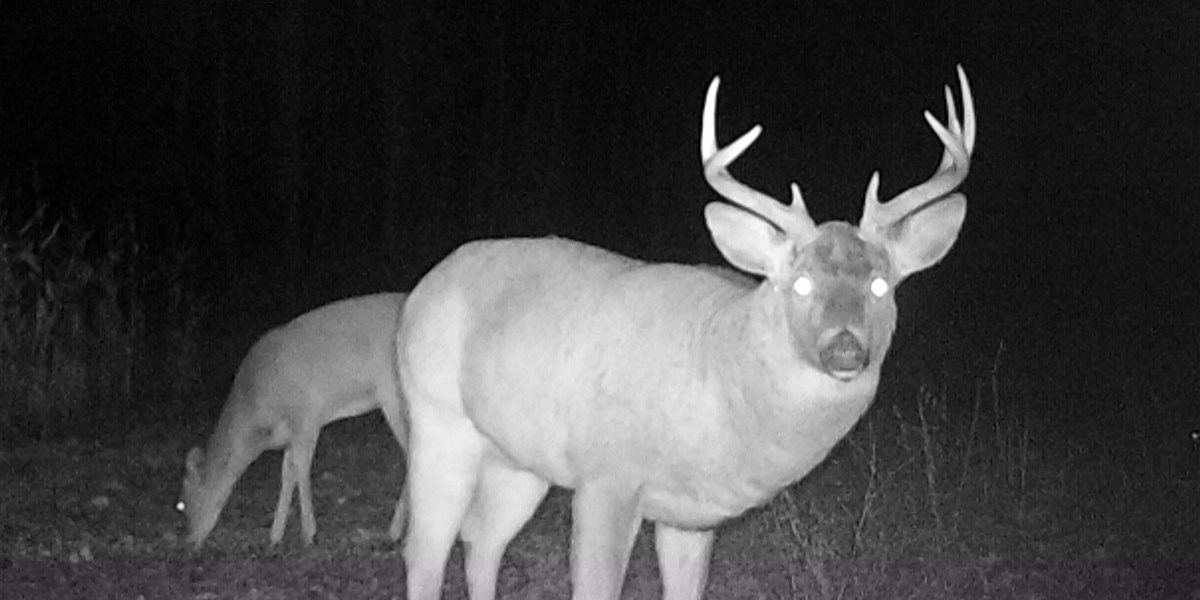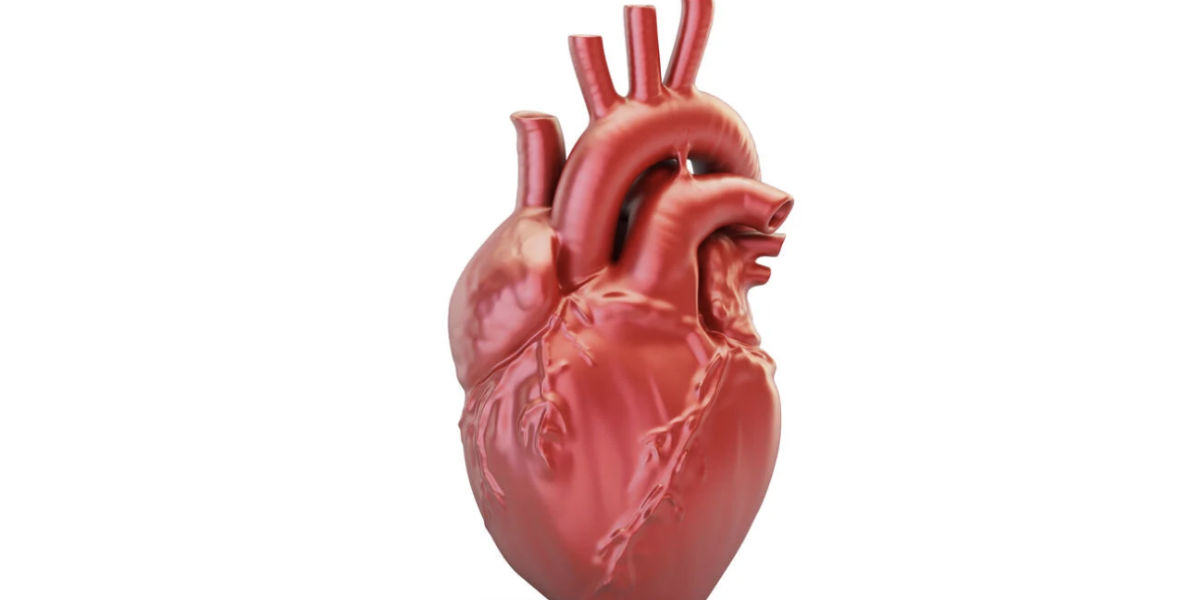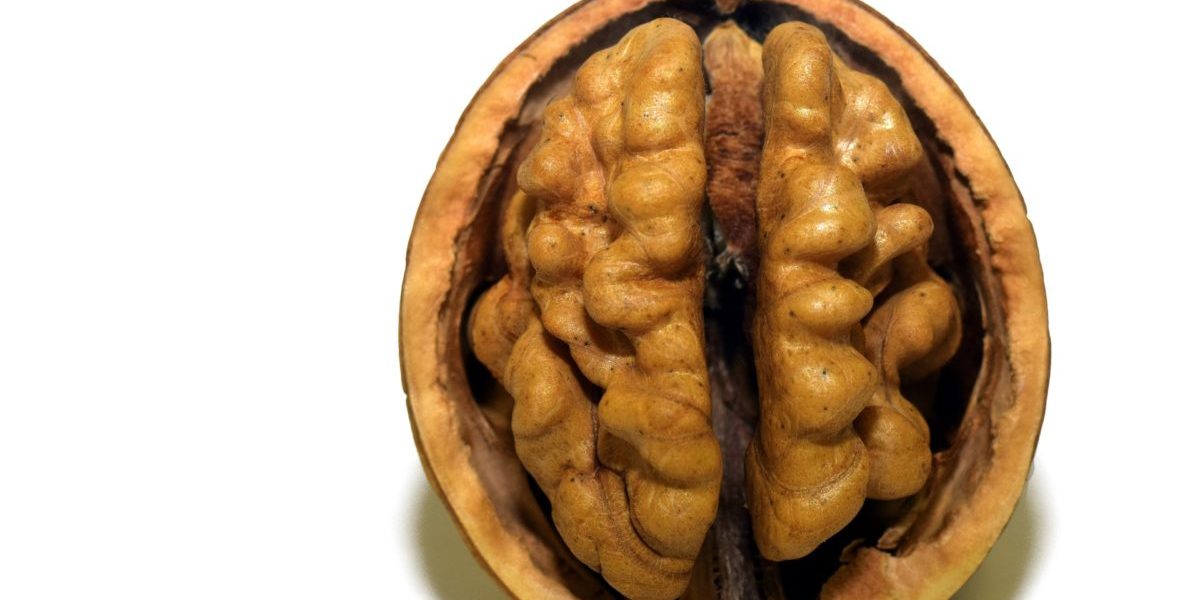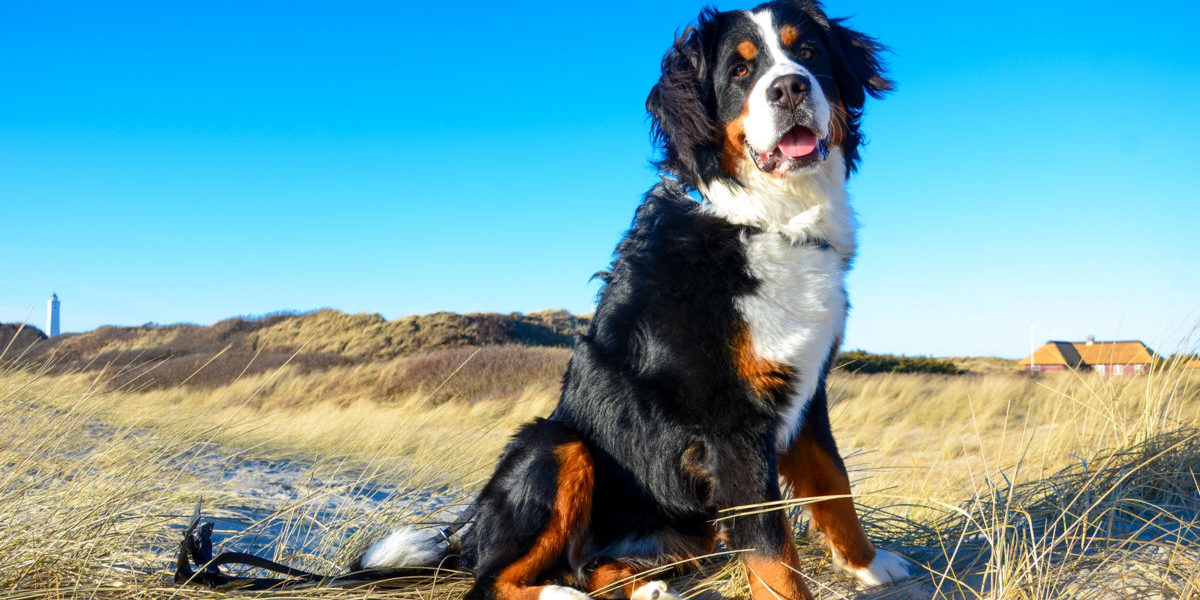What is the most difficult thing to do in sports? Many fans and journalists say it’s hitting a home run in baseball. It isn’t so hard for everyone though- Barry Bonds racked up 762 of them across his MLB career, setting the record for the most home runs ever hit. But what fans also remember are the allegations that Bonds used performance-enhancing drugs to gain a step on the competition. But how much of his success should really be attributed to steroids?
Continue reading “How steroids affect muscle growth and performance”Tag: growth and development
How do Plants sense Gravity?
Plants come in all shapes and sizes, though they are usually green and rely on energy from the sun to stay alive. More often than not, they grow upwards, leaving their roots to grow further into the ground or even out of their planter entirely. But what about when it isn’t a simple question of up or down? Some trees in rugged terrain, like mountains, for instance, survive by growing both left to right and upwards. Their roots may be engrained in the side of a cliff, where they are not directly below the plant’s growth. How is it that plants can sense gravity, and know which way to grow? How can gravity affect their growth?
Bend it like Beckham?: Genu Varum (Bow Leg) in Soccer Players
Soccer, or football for those outside of the United States of America, is the most popular sport in the world, and its popularity is only rising. In the United States, although soccer is not the most popular sport, it is growing rapidly. Part of the reason behind this growth, around 20% American parents think soccer to be a safer sport for their children to play compared to American football. However, soccer players still suffer injuries.
Continue reading “Bend it like Beckham?: Genu Varum (Bow Leg) in Soccer Players”Why Should I Care About Hair? The Mechanics Behind Curly Hair
The average human has more than 100,000 hairs on their head, and no two are the same. Every individual hair has its own distinct properties, resulting in a wide range of hair types and prompting endless questions. Why does hair curl? Which hair type is the strongest? How can these answers lead to more curated hair care? These questions can be investigated through understanding what mechanical processes cause a curled hair fiber and exploring the differences between the mechanical properties of straight and curly hair.
Read MoreDeer Science, what’s changing my antlers and why are they important to you?
A deer is a mammal that is recognizable by the majority of people. Typically, the male deer or buck has the unique attribute of antlers. Antlers are made up of bone that develops, grows, and falls off each year.
Continue reading “Deer Science, what’s changing my antlers and why are they important to you?”Growth in Growing Heart Valves
Take a look at the biology, anatomy, and the mechanics of the heart, and learn about the current state of replacement heart valve technology.
In the Womb: Alive and Kicking
For a pregnant woman, it can be a thrilling moment when her baby kicks for the first time. Women have described the feeling as a flutter, a tumble, or a gentle thud. However, these movements are not only exciting because they are unpredictable but because they indicate healthy fetal development.
Continue reading “In the Womb: Alive and Kicking”The Mystery Behind the ‘Folded’ Brain
Have you ever wondered why one of the most mysterious organ in our body, the brain, has a distinctive shape which has a strong resemblance to a walnut? Or, what are the major factors that could play a significant role in developing its particular shape, with crests and valleys, that wires our motions, senses, feelings and thoughts, which makes each one of us a unique human being?
Continue reading “The Mystery Behind the ‘Folded’ Brain”Canine Hip Dysplasia: What You Should Know
Canine hip dysplasia (CHD) is a degenerative hip disease that tends to develop in large breed dogs, such as the Bernese Mountain Dog, affectionately referred to as Berners. CHD significantly decreases the quality of life of a dog and often leads to complete immobility if left untreated. Experts estimate that about 28% of Berners are affected by dysplastic hips, making them the 8th most susceptible dog breed.
Continue reading “Canine Hip Dysplasia: What You Should Know”